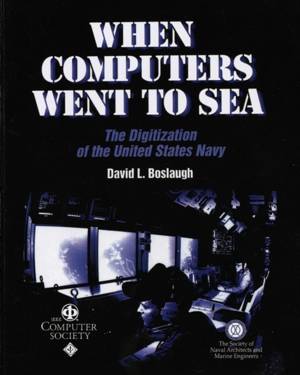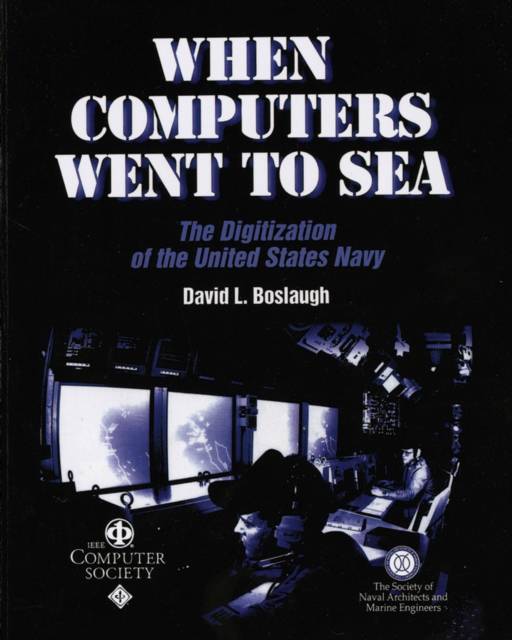
- Afhalen na 1 uur in een winkel met voorraad
- Gratis thuislevering in België vanaf € 30
- Ruim aanbod met 7 miljoen producten
- Afhalen na 1 uur in een winkel met voorraad
- Gratis thuislevering in België vanaf € 30
- Ruim aanbod met 7 miljoen producten
Zoeken
€ 126,45
+ 252 punten
Omschrijving
When Computers Went to Sea explores the history of the United States Navy's secret development of code-breaking computers and their adaptation to solve a critical fleet radar data handling problem in the Navy's first seaborne digital computer system - that went to sea in 1962. This is the only book written on the United States Navy's initial application of shipboard digital computers to naval warfare.
Considered one of the most successful projects ever undertaken by the US Navy, the Naval Tactical Data System (NTDS) was the subject of numerous studies attempting to pinpoint the reason for the systems inordinate success in the face of seemingly impossible technical challenges and stiff resistance from some in the military. The system's success precipitated a digital revolution in naval warfare systems.
Dave Boslaugh details the innovations developed by the NTDS project managers including: project management techniques, modular digital hardware for ship systems, top-down modular computer programming techniques, innovative computer program documentation, and other novel real-time computer system concepts.
Automated military systems users and developers, real-time process control systems designers, automated system project managers, and digital technology history students will find this account of a United States military organization's initial foray into computerization interesting and thought provoking.
Considered one of the most successful projects ever undertaken by the US Navy, the Naval Tactical Data System (NTDS) was the subject of numerous studies attempting to pinpoint the reason for the systems inordinate success in the face of seemingly impossible technical challenges and stiff resistance from some in the military. The system's success precipitated a digital revolution in naval warfare systems.
Dave Boslaugh details the innovations developed by the NTDS project managers including: project management techniques, modular digital hardware for ship systems, top-down modular computer programming techniques, innovative computer program documentation, and other novel real-time computer system concepts.
Automated military systems users and developers, real-time process control systems designers, automated system project managers, and digital technology history students will find this account of a United States military organization's initial foray into computerization interesting and thought provoking.
Specificaties
Betrokkenen
- Auteur(s):
- Uitgeverij:
Inhoud
- Aantal bladzijden:
- 496
- Taal:
- Engels
- Reeks:
Eigenschappen
- Productcode (EAN):
- 9780471472209
- Verschijningsdatum:
- 16/04/2003
- Uitvoering:
- Paperback
- Formaat:
- Trade paperback (VS)
- Afmetingen:
- 190 mm x 236 mm
- Gewicht:
- 884 g

Alleen bij Standaard Boekhandel
+ 252 punten op je klantenkaart van Standaard Boekhandel
Beoordelingen
We publiceren alleen reviews die voldoen aan de voorwaarden voor reviews. Bekijk onze voorwaarden voor reviews.








